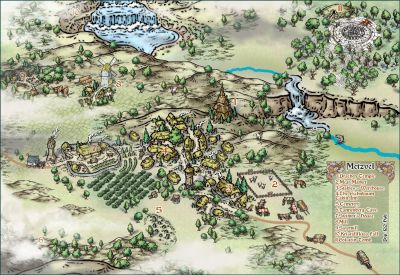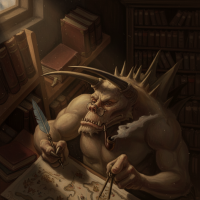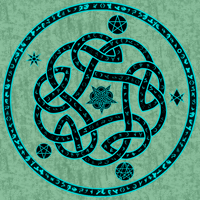
Monsen
Monsen
About
- Username
- Monsen
- Joined
- Visits
- 692
- Last Active
- Roles
- Administrator
- Points
- 8,940
- Birthday
- May 14, 1976
- Location
- Bergen, Norway
- Website
- https://atlas.monsen.cc
- Real Name
- Remy Monsen
- Rank
- Cartographer
- Badges
- 27
-
CD3: Advanced Street Settings
The only way is really to just load them up in the house style editor [HOUSEOPT] and look at them one by one.
To quickly look through them without clicking yourself to death, take advantage of the fact that Windows GUI components are keyboard friendly. Simply use the top dropdown and click on the very first style in the list to select it and collapse the list, then as long as you don't click any other controls, it will be the active control, and you can go through the styles using the arrow keys.
-
Can you copy lines from another FCW without copying fills?
The best option is to keep the template lines in a clean file.
If you copy them over to another (temporary) map, you can just go wild in that one, deleting all the fill styles. You'd have to do it manually, but at least you don't need to consider which to keep and which to delete, just do them all. Then you can copy the lines from this clean file afterwards.
(You may want to save that temporary map every now and then, mass deleting fill styles sometimes causes CC3+ to crash)
-
Total beginner who is strugling to find the correct tutorial
-
Lighting Issue
-
Forgotten Realms Interactive Atlas repairs.
@Hildebrando Santos wrote:
I notice if i translate the text, i have a english white text in the background. How can i change it?
This is because these maps were made in CC2, before things like effects. So to have a outline on the text, it is actually two text entities with the exact same text, one with regular filled text, and the other set to only show the outline. This was done to make the text more readable.
However, this means that you will need to do the edit twice, once for each text entity. If you have trouble selecting the right one for edit, try hiding some of the TEXT layers (either everyone marked OUTLINE, or everyone NOT marked as such.
As Wyvern said above, it is better that you start your own topic if you have any follow-up questions that are related to your own work and not the atlas repair project.









